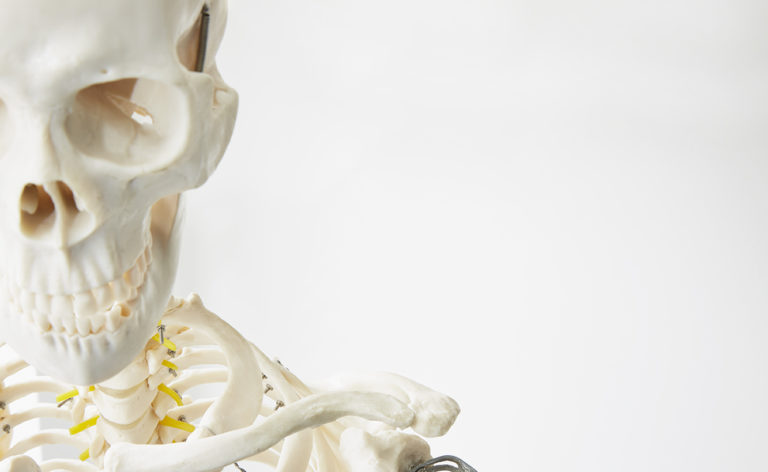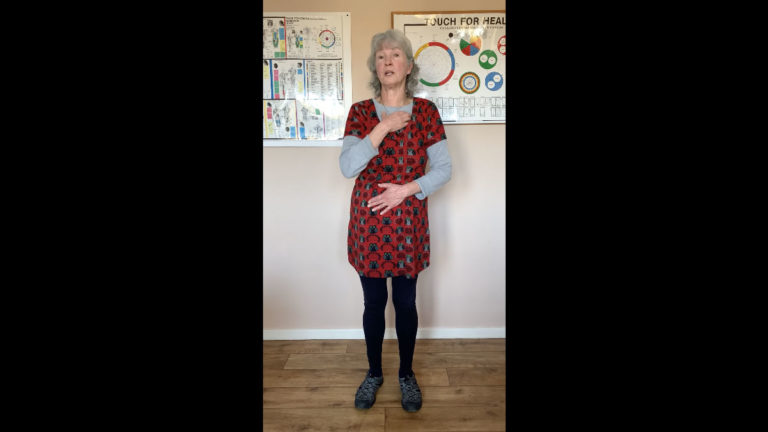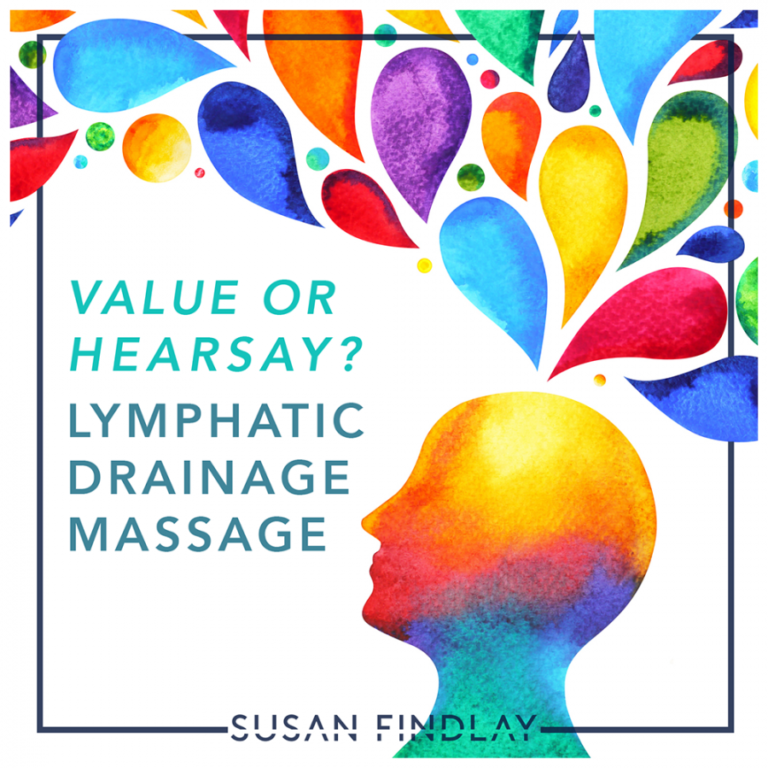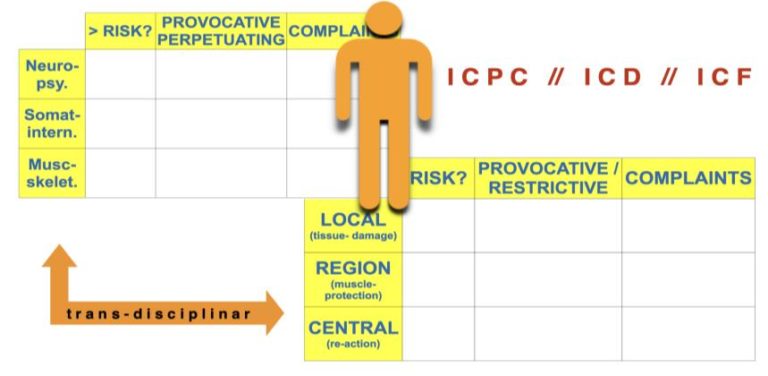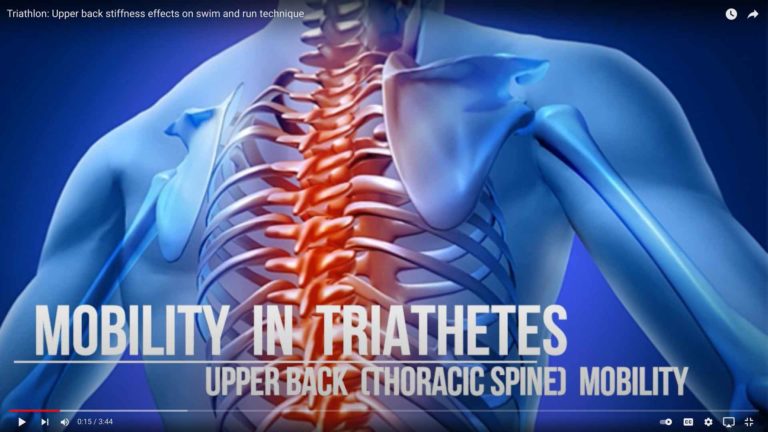Surgical interventions around the world continue to rise.
The resulting scars never go away. They are an ever present reminder of the day of that surgery.
Scars also arise from accidents, wounds from wars and conflicts, personal attacks and many other traumas.
Effective treatment of scar tissue is, for a big percentage of the population, left untreated and is probably the most neglected of bodywork skills for the manual therapist.

Why should the physical therapist be interested in scar tissue treatment?
The effects of post-surgical scars on the human body cannot be underestimated.
According to researchers Karel Lewit
MD and Sarka Olsanka: ‘If the scar is…untreated, it may be the cause of therapeutic failure and recurrence.”
Source: “Clinical Importance of Active Scars: Abnormal Scars as a Cause of Myofascial Pain.” Lewit & Olanska – 2002
In other words, no matter what physical therapy intervention is used untreated scars may thwart our best efforts to remedy related pain and restrictions in mobility.
The effects of post-surgical scars on the human body cannot be underestimated.
The body forms scar tissue as a natural response to trauma when the skin is lacerated or punctured either by accident or purposefully ie. surgery. Collagen being laid down during the repair process results in a thickened, fibrous mass which can impede proper circulation of blood, congests lymph flow, and can even impact on Range of Motion.
Additionally, the severing of delicate nerve tissue often results in dysthesia of not only the scar but the adjacent, surrounding tissue. As the scar is fibrous and non-elastic it will have a dragging and pulling effect on bio-mechanical function of all physiological systems particularly the fascial membrane covering muscles, organs and glands.
The effect of scar tissue in the physical body is just the beginning:
The Emotional and Psychological effects of scar tissue
Every scar represents an event that created the scar. Many of this are traumatic events:
- Emergency life-threatening surgeries
- War wounds
- Personal attacks (knife wounds/bullet wounds)
- Automobile accidents
- Numerous other types of accident in the home or at work
- Non emergency surgeries
If we take just ONE of those instances – the Caesarian-Section.
Maternity statistics for England for the year ending March 2014:
The caesarean rate has increased by 0.7 per cent to 26.2 per cent (166,081) in 2013-14.
(Elective C-sections 13.2% and Emergency C-sections account for 13%)
Source: www.nct.org.uk
There is often long term psychological and emotional reactions to the emergency C-sections. These reactions include, but are not limited to:
- Anger
- Fear
- Anxiety
- Shock
- Guilt
- Failure
- Trauma
- Low self esteem and sense of worthlessness
- Feelings of ‘disconnection’ – the lower body to the upper
We are finding that when the physical attributes of the scar change (texture, sensation) then the emotional and psychological effects described above also can improve. i.e. integration and normalisation of the tissue seems to have a positive effect on the psychological and emotional well being of the client.
If we consider that the effects of emergency C-section are likely to cause similar responses as categorised as a PSTD syndrome, then treating the physical scar for other causes of PSTD may be an interesting treatment option that needs further researching.
Post operative physical effects of C-section scars may also include:
- dyspareunia
- low back pain
- abdominal pain
- restriction and pain upon flexion and extension of the spine in
- bladder and bowel problems
It is noted many times that these physical effects can improve and, in some cases, be eliminated due to the successful treatment of scar tissue.
BIO-MECHANICAL RESTRICTION:

Consider the fascial restrictions that are likely when scar tissue inhibits the free-gliding movement of muscles and nerves as they lay within the tissues.
It’s not hard to imagine how functional movement is impeded due to scar tissue when you look at the interconnectedness of fascial lines and synergistic and antagonistic muscle groups…
BIO-ENERGETIC RESTRICTION:
Understanding the meridian used in acupuncture help us realise that flow of bio-electrical energy (Qi, Chi) can be impeded by scar tissue. Acupuncturist developed a method of scar tissue treatment centuries ago as they also know that treatment of scar tissue was vital for improvement in the flow of Qi/Chi.
A typical example associated with a very common procedure: Carpal Tunnel Surgery. This scar potentially interferes with the Pericardium meridian.
One interesting side-effect of MSTR work is the common feedback from patients that they feel more energised after scar work has been performed. Possibly an increase of energy (and blood flow) through those restricted pathways…
Conclusion:
The treatment of scar tissue is a vital element in the treatment of musculoskeletal and myofascial pain. Untreated scar tissue may inhibit other treatment applications from successful and longer lasting outcomes.
Psychological and emotional states may also improve as scar tissue is addressed and the patient experiences better integration and normalisation of the tissues.
You can learn this quick and effective method of scar tissue treatment either online or in-class.
Locate your nearest MSTR Approved Instructor by visiting:
Not joined up yet?
There’s plenty of reasons to join the LCSP Register
Insurance Partners
Our dedicated team can tailor individual policies to suit your specific needs
Workshops
Keep your skills up to date with CPD Workshops and courses
Business Support
Advice tailored to working in the private sector
Find a Therapist
Our directory of therapists searchable by the general public
Welfare Officer
Supporting members who may have situations of difficulty where they need assistance, guidance or reassurance.

